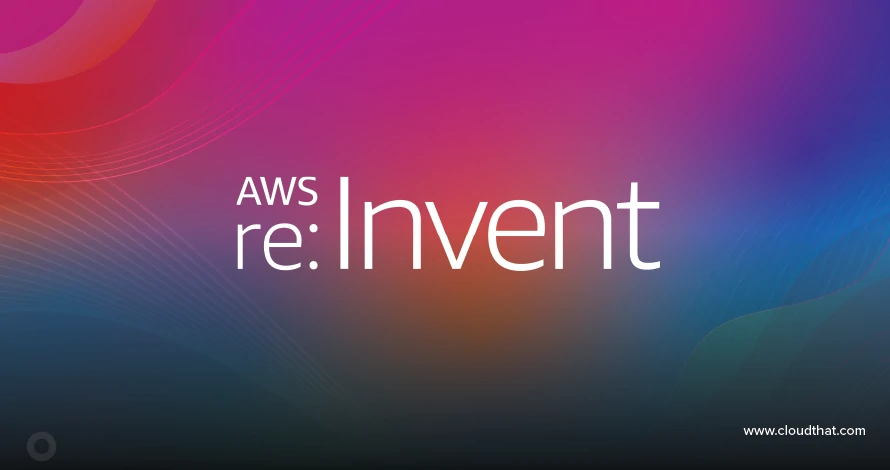|
Voiced by Amazon Polly |
Introduction
In today’s digital landscape, data holds the key to business success. As technology evolves, so do the challenges and opportunities surrounding data backup and recovery. For application support professionals, ensuring data availability, integrity, and security in the face of disasters, failures, or breaches is paramount. In this article, we’ll delve into the dynamic realm of emerging trends and technologies shaping the landscape of data backup and recovery within application support.
Pioneers in Cloud Consulting & Migration Services
- Reduced infrastructural costs
- Accelerated application deployment
Cloud-Based Backup and Recovery
The rise of cloud-based solutions has revolutionized the way data backup and recovery are approached. Cloud technology offers unprecedented scalability, flexibility, and cost-efficiency. Data can be stored and accessed through cloud-based systems anytime, anywhere, and on any device. Leveraging cloud providers’ infrastructure, security, and expertise brings immense benefits. However, it’s crucial to carefully evaluate factors like data sovereignty, bandwidth, latency, and potential vendor lock-in before adopting a cloud-based solution.
Learn more here: Understanding the Vitality of Data Backup and Disaster Recovery Plan in an Organization
Continuous Backup and Recovery
Traditional periodic backups are making way for continuous or real-time backup solutions. Continuous backup minimizes data loss and downtime by capturing every data change as it occurs, enabling recovery to any desired point. While offering unparalleled data protection, this approach demands increased storage space, network bandwidth, and processing power. Successful implementation requires a judicious balance between backup frequency, granularity, and performance aligned with business needs.
Harnessing AI-Powered Backup and Recovery
Artificial intelligence (AI) and machine learning (ML) are ushering in a new era of automation, efficiency, and intelligence in data backup and recovery. AI-powered systems optimize policies, schedules, and resource allocation while proactively detecting and preventing potential issues. Extracting insights from backup and recovery activities aids in identifying usage patterns, trends, and performance metrics. However, this integration demands meticulous attention to data quality, governance, security, and a grasp of AI and ML technologies.
Data Protection as a Service
The advent of Data Protection as a Service (DPaaS) presents a cloud-based model offering comprehensive data protection solutions, encompassing backup, recovery, replication, archiving, and encryption. DPaaS provides a compelling option for outsourcing data protection tasks to a third-party provider. This streamlines operations while reducing costs, complexity, and risks associated with data protection. Careful consideration of data privacy, compliance, control, and vendor reliability is paramount.
Data Backup for Containers
Containerized applications are reshaping modern application development and deployment. These lightweight, portable software units run on shared operating systems, expediting application delivery. However, they pose unique data backup and recovery challenges, including data persistence, consistency, and portability. To address these, employing data protection solutions designed for or compatible with containers is imperative.
Data Resilience for Edge Computing
Edge computing, which brings computation and data storage closer to data sources, enhances the performance of data-intensive applications. Yet, this approach introduces complexities such as data fragmentation, synchronization, and availability. As edge computing gains prominence, it is crucial to implement data protection solutions to manage edge environments’ intricacies, offering seamless backup and recovery mechanisms.
Conclusion
The evolving data backup and recovery landscape within application support demands a forward-thinking approach. Embracing cloud technology, continuous backup, AI-powered systems, DPaaS, container-focused solutions, and data resilience for edge computing ensures businesses stay prepared for the challenges and opportunities. By navigating these emerging trends, application support professionals can safeguard data integrity, availability, and security, fortifying their organizations for a data-driven future.
If you have a query about Backup and Recovery, please drop a message, and our tech team will get back to you quickly.
Making IT Networks Enterprise-ready – Cloud Management Services
- Accelerated cloud migration
- End-to-end view of the cloud environment
About CloudThat
CloudThat is an award-winning company and the first in India to offer cloud training and consulting services worldwide. As a Microsoft Solutions Partner, AWS Advanced Tier Training Partner, and Google Cloud Platform Partner, CloudThat has empowered over 850,000 professionals through 600+ cloud certifications winning global recognition for its training excellence including 20 MCT Trainers in Microsoft’s Global Top 100 and an impressive 12 awards in the last 8 years. CloudThat specializes in Cloud Migration, Data Platforms, DevOps, IoT, and cutting-edge technologies like Gen AI & AI/ML. It has delivered over 500 consulting projects for 250+ organizations in 30+ countries as it continues to empower professionals and enterprises to thrive in the digital-first world.
FAQs
1. Can AWS Backup and Recovery be used to manage backups of resources outside the AWS environment?
ANS: – Yes. AWS Backup and Recovery primarily focuses on managing backups of AWS resources within the AWS cloud environment. However, AWS provides an option to create and manage on-premises backups using AWS Storage Gateway, a hybrid cloud storage service. Through Storage Gateway, you can seamlessly integrate on-premises environments with AWS and use AWS Backup to manage and automate the backup and recovery of on-premises applications and data.
2. How does AWS Backup handle data retention policies?
ANS: – AWS Backup allows you to define and manage data retention policies for your backups. You can set retention rules specifying how long backups should be retained. AWS Backup automatically enforces these retention policies, ensuring that backups are retained for the specified duration. Once the retention period expires, AWS Backup automatically deletes the backups according to the defined policy. This feature simplifies the management of backup retention, helping you adhere to compliance requirements and optimize storage costs.

WRITTEN BY Anusha Shanbhag
Anusha Shanbhag is an AWS Certified Cloud Practitioner Technical Content Writer specializing in technical content strategizing with over 10+ years of professional experience in technical content writing, process documentation, tech blog writing, and end-to-end case studies publishing, catering to consulting and marketing requirements for B2B and B2C audiences. She is a public speaker and ex-president of the corporate Toastmaster club.


 Login
Login


 September 4, 2023
September 4, 2023 PREV
PREV










Comments